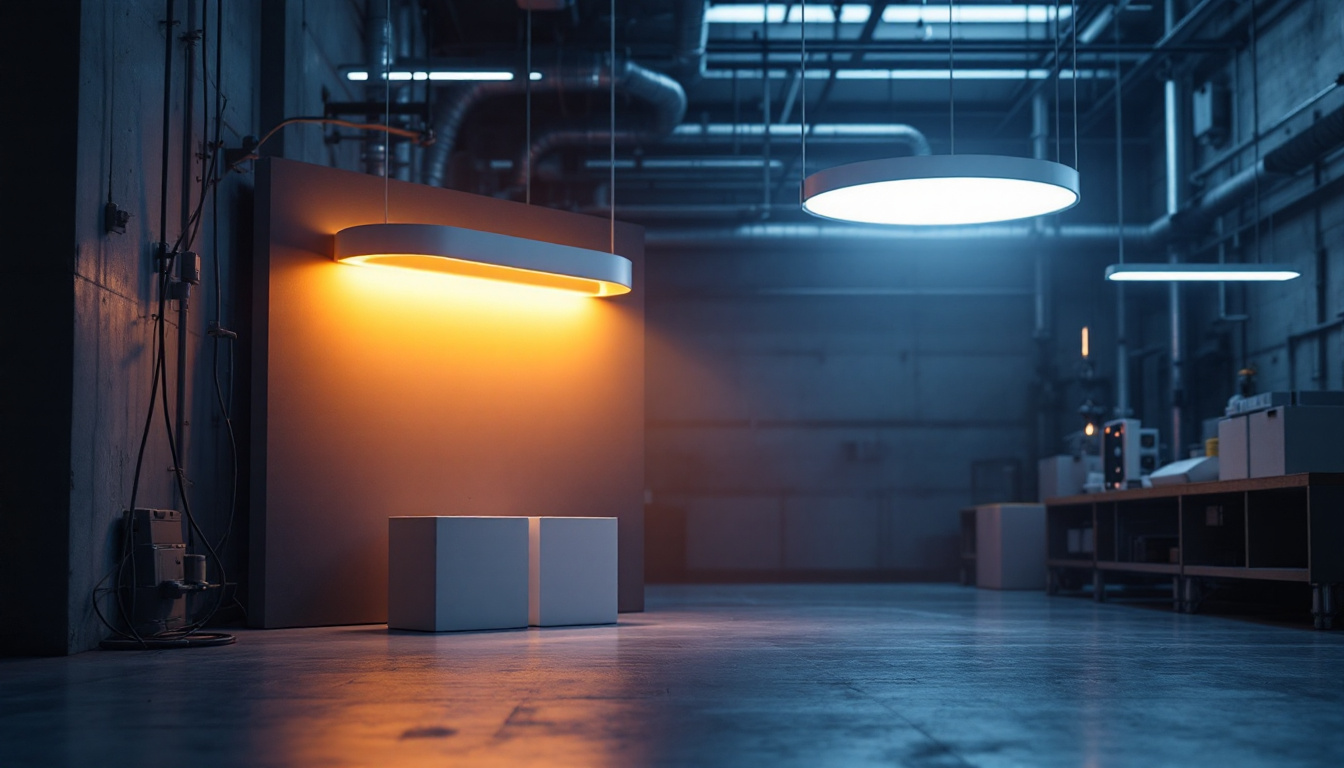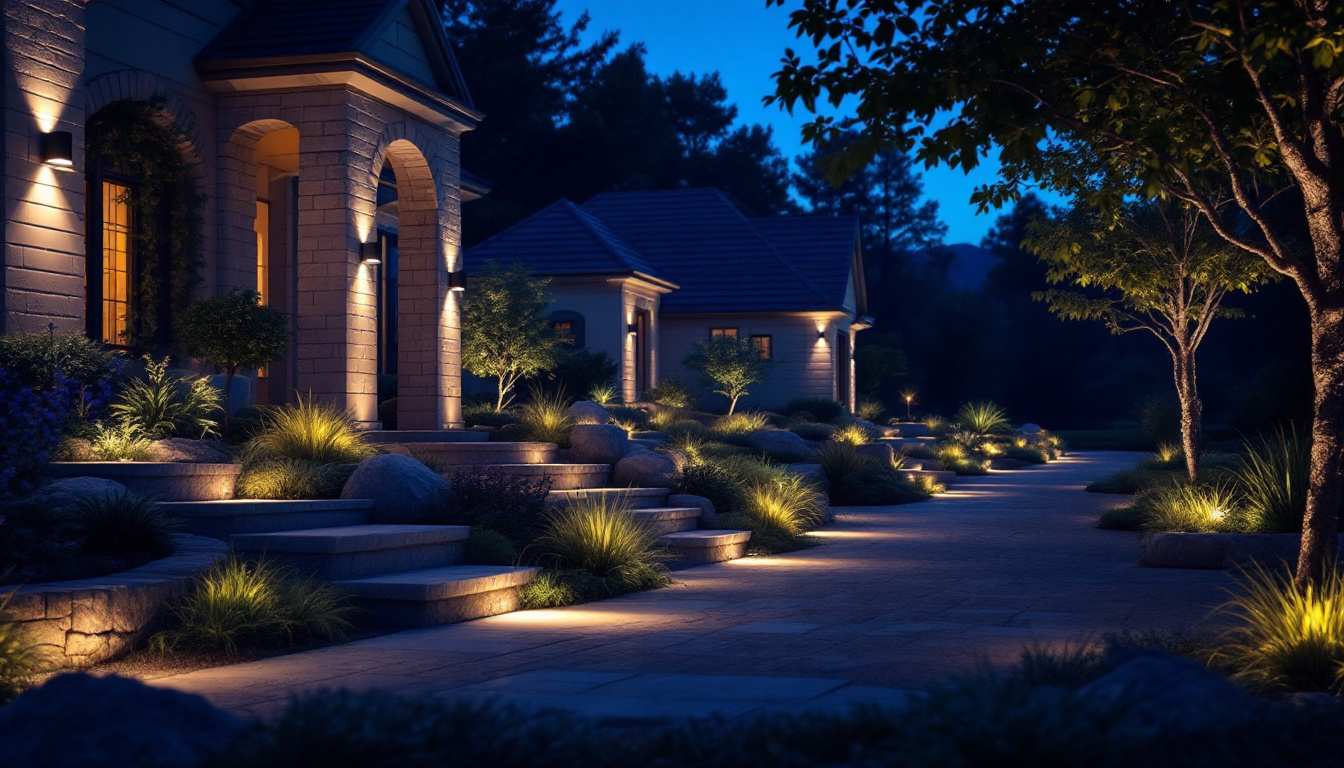

Under cabinet lighting has become an essential element in modern kitchen design, offering both aesthetic appeal and functional benefits. For lighting contractors, installing strip under cabinet lighting can present unique challenges. Understanding these challenges and knowing how to avoid common pitfalls can enhance the quality of installations and improve client satisfaction. This article delves into the intricacies of strip under cabinet lighting and provides valuable insights for lighting contractors.
Strip under cabinet lighting typically consists of LED light strips that are mounted beneath kitchen cabinets. This type of lighting serves multiple purposes, including task lighting for food preparation and ambient lighting to create a warm atmosphere. The versatility of LED strips allows for various applications, from accentuating architectural features to providing functional illumination. In modern kitchens, strip lighting can be strategically placed to highlight backsplashes, countertops, and even decorative elements like potted herbs or cookbooks, enhancing both the utility and aesthetics of the space.
One of the primary advantages of strip under cabinet lighting is its energy efficiency. LED lights consume significantly less power compared to traditional incandescent bulbs, making them a cost-effective choice for homeowners. Additionally, LED strips have a longer lifespan, reducing the frequency of replacements and maintenance. This longevity not only saves money but also contributes to a more sustainable home environment, as fewer bulbs end up in landfills. Furthermore, many LED strips are now available with dimmable options, allowing users to adjust the brightness according to the time of day or specific tasks, which can enhance the overall functionality of the kitchen.
Moreover, strip lighting offers flexibility in design. Available in various colors and brightness levels, contractors can tailor installations to meet the specific aesthetic preferences of their clients. This adaptability not only enhances the visual appeal of the space but also allows for creative lighting solutions that can transform a kitchen. For instance, homeowners can choose warm white tones for a cozy feel during family dinners or vibrant colors for festive occasions, making the kitchen a dynamic part of their living space. The ability to integrate smart technology with LED strips also means that homeowners can control their lighting through apps or voice commands, adding an extra layer of convenience.
Despite the benefits, lighting contractors often encounter challenges during the installation of strip under cabinet lighting. One common issue is inadequate power supply. Many contractors underestimate the electrical load required for LED strips, leading to flickering lights or complete failure to illuminate. To mitigate this, it is crucial for contractors to conduct thorough assessments of the existing electrical system and ensure that the circuits can handle the additional load, potentially requiring upgrades or the installation of dedicated circuits.
Another challenge is ensuring proper placement and alignment. Uneven installation can result in shadows or hotspots, detracting from the overall effectiveness of the lighting. Additionally, improper mounting can lead to damage to the cabinet surfaces or the lighting strips themselves, resulting in costly repairs. To avoid these pitfalls, meticulous planning and precise measurements are essential. Many professionals recommend using templates or guides during installation to ensure consistent spacing and alignment, which can significantly improve the final outcome. Furthermore, selecting high-quality adhesive or mounting hardware can enhance the durability of the installation, ensuring that the lights remain securely in place for years to come.
Effective planning is crucial for a successful installation of strip under cabinet lighting. A thorough assessment of the space and a detailed installation plan can help mitigate potential issues. Lighting contractors should consider several factors during the planning phase.
Before installation, contractors should conduct a comprehensive assessment of the kitchen layout. This includes measuring cabinet heights, depths, and the available space for mounting the strips. Understanding the dimensions will help determine the appropriate length and type of LED strips needed for the project.
Additionally, evaluating the existing electrical infrastructure is essential. Contractors should check for available outlets and the capacity of the circuit to handle the additional load. If necessary, they may need to consult with an electrician to ensure that the electrical system can support the new lighting.
Selecting high-quality products is vital for a successful installation. Contractors should opt for LED strips that offer the desired brightness and color temperature. Warm white light is often preferred in kitchen settings for its inviting ambiance, while cooler tones may be suitable for modern designs.
Moreover, the choice of adhesive or mounting hardware is essential. Some strips come with adhesive backing, while others may require clips or brackets for secure installation. Ensuring that the chosen method is compatible with the cabinet material will prevent future issues and ensure longevity.
Once planning is complete, the next step is the actual installation. Employing the right techniques can significantly reduce the likelihood of problems arising during or after the installation process.
Before mounting the LED strips, it is crucial to prepare the surface. Cleaning the area where the strips will be installed helps ensure proper adhesion. Dust, grease, or residue can hinder the adhesive’s effectiveness, leading to premature detachment of the lighting strips.
Using isopropyl alcohol or a suitable cleaning solution can help remove any contaminants. Allowing the surface to dry completely before proceeding with the installation is also essential for optimal adhesion.
When it comes to mounting the strips, precision is key. Contractors should start by measuring and marking the desired placement of the strips. Using a level can help ensure that the strips are aligned correctly, preventing uneven lighting.
For adhesive-backed strips, it is advisable to peel back a small section of the backing and press it firmly onto the surface. Gradually removing the backing while applying pressure will help prevent air bubbles and ensure a secure bond. If using clips or brackets, contractors should ensure they are evenly spaced and securely fastened to the cabinet.
Electrical considerations play a significant role in the installation of strip under cabinet lighting. Proper wiring and connections are essential for ensuring a safe and functional lighting system.
Contractors should follow local electrical codes and regulations when wiring the LED strips. This includes using the appropriate gauge wire and ensuring that connections are secure and insulated. Loose connections can lead to flickering lights or even electrical hazards.
For installations that require multiple strips, using connectors or extension cables can simplify the process. Ensuring that the total wattage does not exceed the circuit’s capacity is crucial to prevent overloads and potential damage.
In many cases, homeowners may want to integrate new under cabinet lighting with existing lighting systems or smart home technology. Contractors should be familiar with various control options, including dimmers, switches, and smart home hubs.
Providing clients with options for controlling their lighting can enhance their experience and satisfaction. For instance, dimmable LED strips allow users to adjust brightness levels according to their needs, while smart integrations can enable remote control and automation.
After installation, testing the lighting system is a critical step that should not be overlooked. This phase allows contractors to identify and rectify any issues before the project is completed.
Contractors should turn on the lighting system and check for any inconsistencies in brightness or color. It is essential to ensure that all strips are functioning correctly and that there are no flickering or dead spots.
If issues are detected, troubleshooting should be conducted promptly. This may involve checking connections, inspecting the power supply, or even replacing faulty components. Ensuring that everything is in working order before the final walkthrough with the client is vital for maintaining professionalism.
Once the installation is complete and tested, conducting a walkthrough with the client is an excellent opportunity to showcase the work. This step allows contractors to explain the features and benefits of the new lighting system, as well as how to operate it effectively.
Providing clients with information on maintenance and care can also enhance their satisfaction. Offering tips on cleaning the lights and troubleshooting common issues can empower homeowners and foster a positive relationship.
Even experienced lighting contractors can make mistakes during the installation of strip under cabinet lighting. Being aware of common pitfalls can help prevent issues that may arise later on.
One of the most frequent mistakes is underestimating the power requirements for LED strips. Contractors should always calculate the total wattage needed and ensure that the circuit can handle the load. Failing to do so can result in flickering lights or a complete failure of the system.
LED lights generate heat, and inadequate ventilation can lead to overheating, which may shorten the lifespan of the strips. Contractors should consider heat dissipation during installation, ensuring that there is enough space for airflow around the strips.
Strip under cabinet lighting presents a fantastic opportunity for lighting contractors to enhance kitchen spaces while providing functional benefits. By understanding the challenges, planning meticulously, and employing proper installation techniques, contractors can avoid common issues and deliver high-quality results. The ability to integrate these lighting solutions seamlessly into existing systems and educate clients on their use will further elevate the contractor’s reputation and client satisfaction.
In the ever-evolving world of lighting design, staying informed about the latest trends and technologies is essential. By continuously improving skills and knowledge, lighting contractors can ensure they remain competitive and successful in their field.
Ready to elevate your lighting installations with the highest quality strip under cabinet lighting? Look no further than LumenWholesale, where we provide contractors with spec-grade lighting products at unbeatable wholesale prices. Our extensive selection is designed to meet the highest industry standards, ensuring you deliver reliable and high-performance lighting for every kitchen project. With free shipping on bulk orders, you can stock up on superior lighting solutions without worrying about hidden fees or inflated markups. Make your next project shine with the perfect blend of quality, affordability, and convenience at LumenWholesale – Wholesale Lighting at the Best Value.

Discover essential insights for lighting contractors with our comprehensive guide on light fixture boxes.

Discover why purchasing vapor tight lighting in bulk from local distributors might not be the best choice.

Explore the cutting-edge world of lights industrial, where innovation meets design in the future of lighting.

Discover essential insights for lighting contractors in our comprehensive guide to landscape lighting.
Get notified when NEW deals are released.
Optimize your budget with wholesale discounts.
Only top-quality, specification-grade lighting products.
No additional costs at checkout - what you see is what you pay.
We understand the unique needs of contractors.